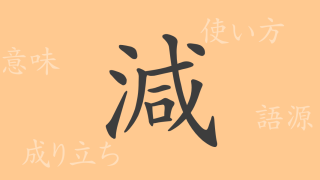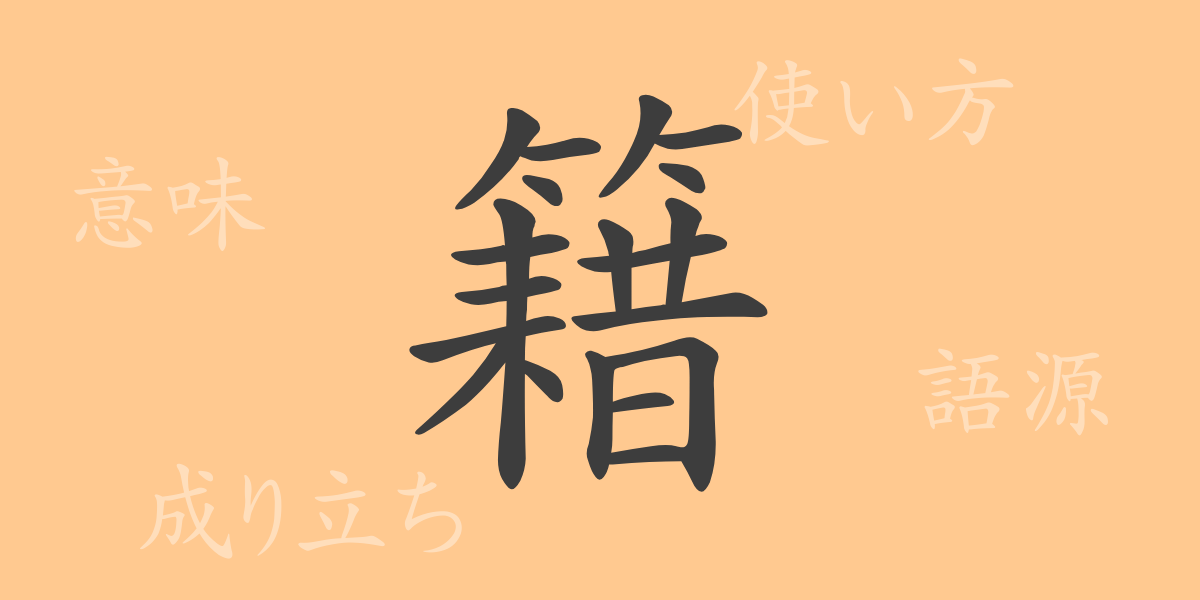The beauty of the Japanese language lies in its complexity and depth. Each character carries a weight of meaning, forming a rich tapestry of words. Today, we focus on the kanji “籍” (せき), exploring its origins, meanings, usage, and even the idioms and phrases associated with it. Join us on a journey into the depths of the Japanese language.
Origins of 籍 (せき)
The kanji “籍” has a history that stretches back thousands of years to ancient China. It evolved from the character “簡,” which originally meant a document written on vertically split bamboo. “籍” was commonly used to denote documents or records being stored, thus acquiring the meaning of being ‘recorded’ or ‘registered.’
Meaning and Usage of 籍
In modern Japanese, “籍” primarily indicates an individual’s affiliation with an organization or group. It is commonly used in terms such as 戸籍 (household registry), 学籍 (school registration), and 職籍 (employment record), referring to one’s registration in public records or lists. It also denotes personal status or position.
Readings, Stroke Count, and Radical of 籍
The kanji “籍” provides insight into its structure and composition:
- Readings: The on’yomi (Sino-Japanese reading) is “セキ”, with no common kun’yomi (native Japanese reading).
- Stroke Count: “籍” consists of 20 strokes.
- Radical: Its radical is 竹 (たけかんむり), relating to bamboo.
Phrases and Idioms Using 籍
Phrases and idioms containing “籍” reflect its various meanings. For example, 入籍 (にゅうせき) means to be added to a family registry through marriage, and 除籍 (じょせき) indicates the removal of one’s name from a list or record. 学籍を取る (がくせきをとる) refers to being officially registered as a student, while 戸籍抄本 (こせきしょうほん) denotes an official abstract of a family register. These expressions play significant roles in Japanese society and culture.
Conclusion on 籍
The kanji “籍” transcends its function as a mere character to symbolize an individual’s social existence and identity. Its application is deeply embedded in Japanese law, education, and familial relations, making it a vital element of the Japanese language. Through this article, we hope to provide insights into the multifaceted meanings and historical depth of “籍,” enriching your understanding of the richness of the Japanese language.

























